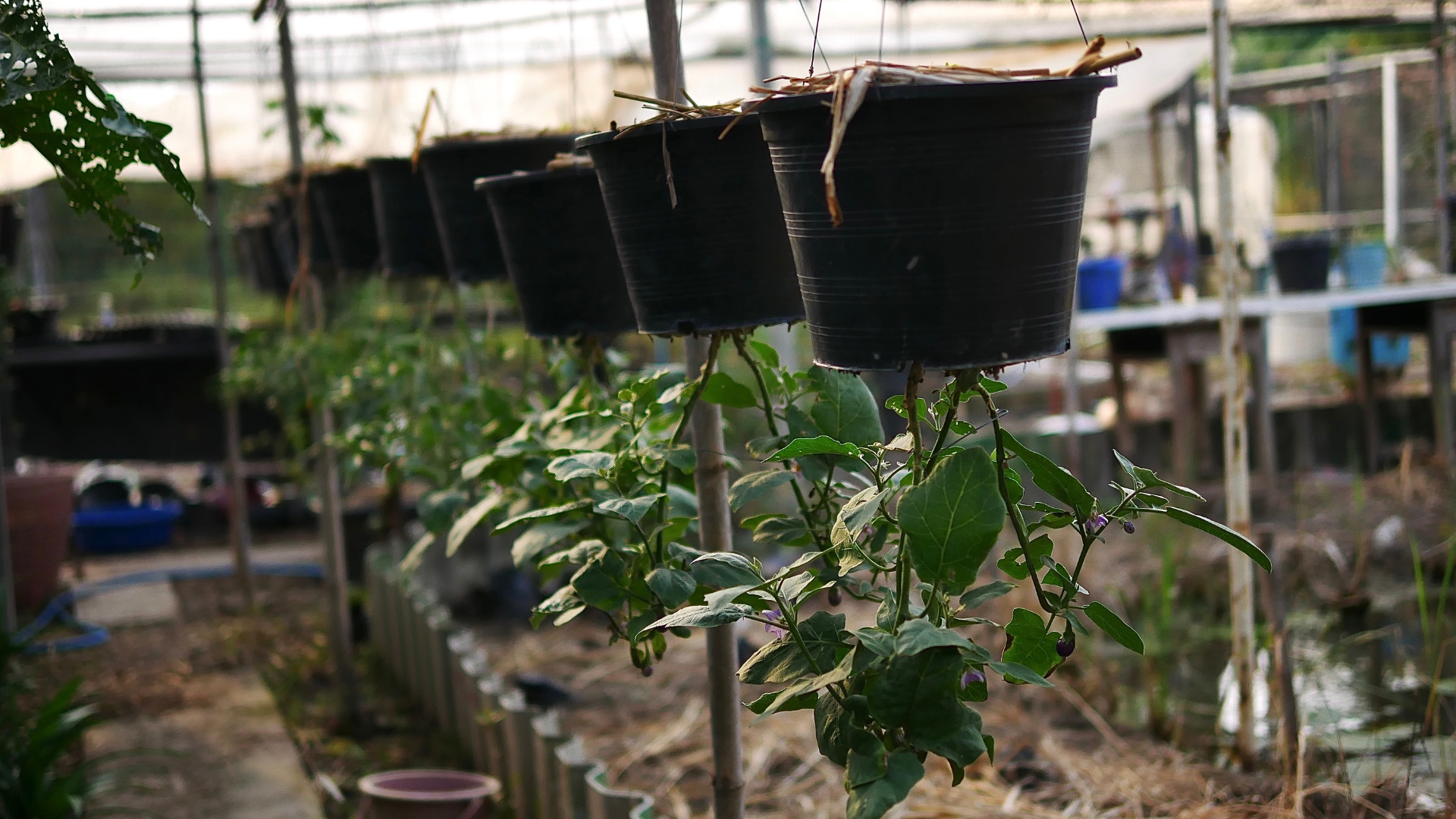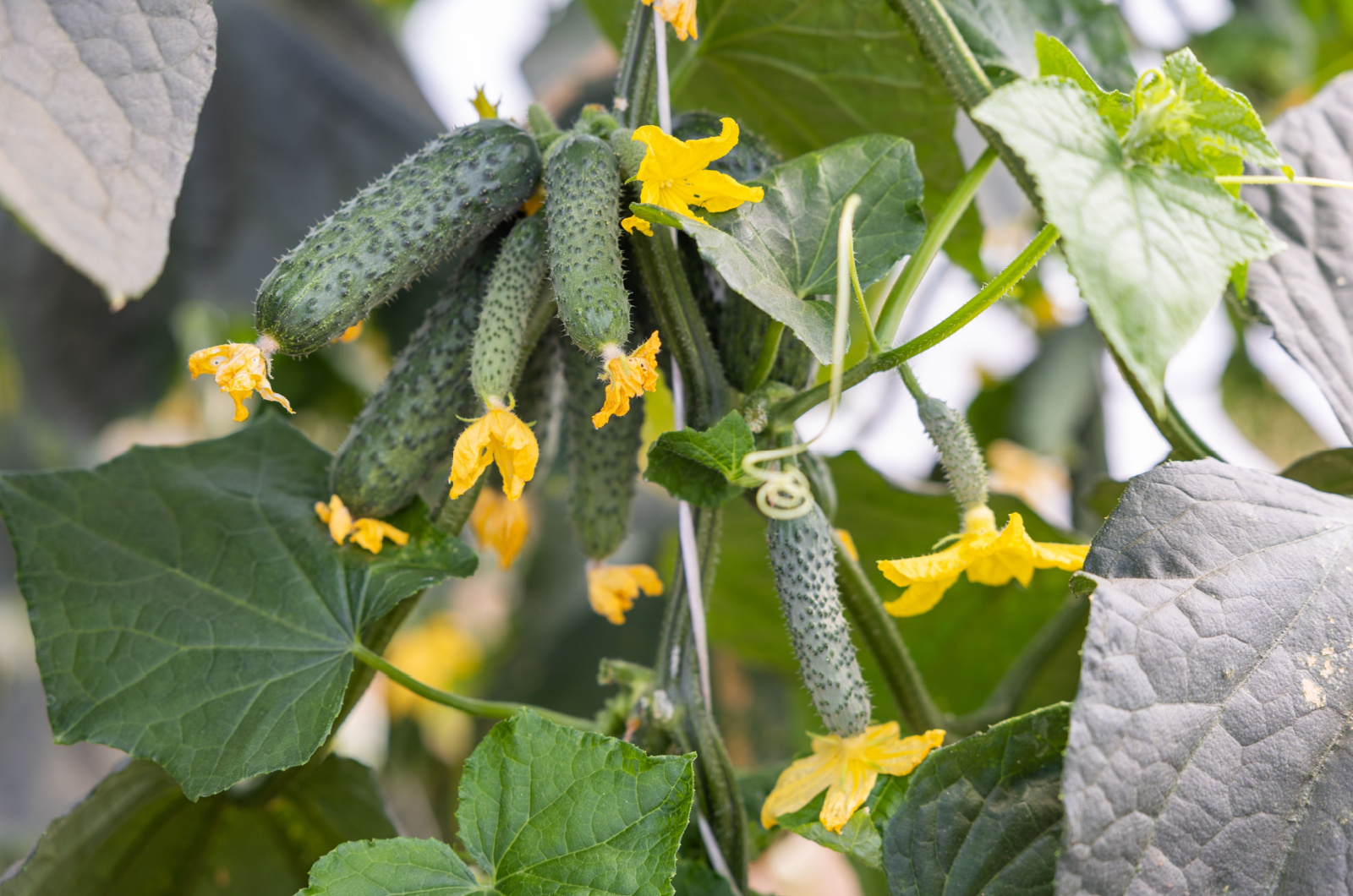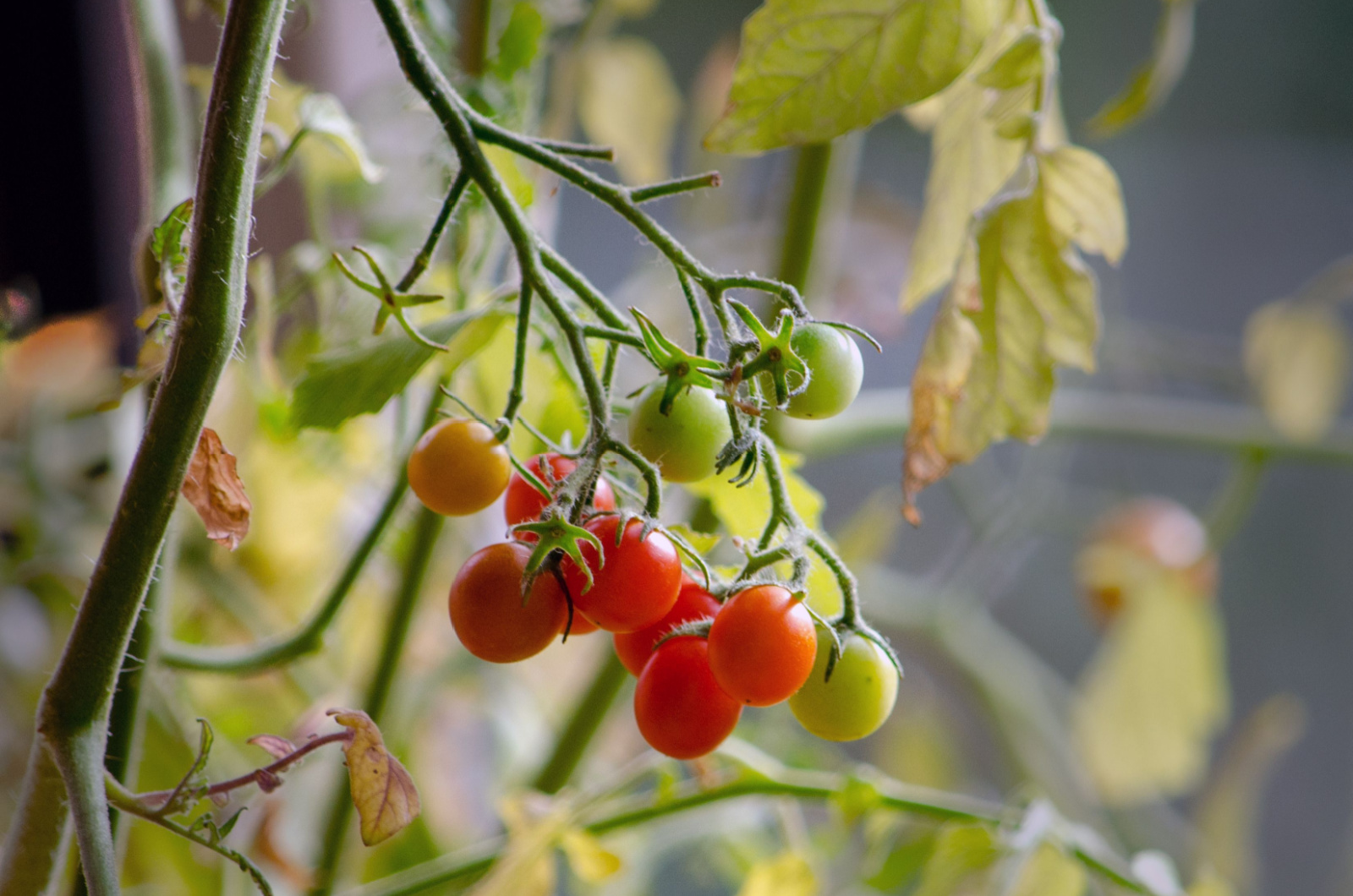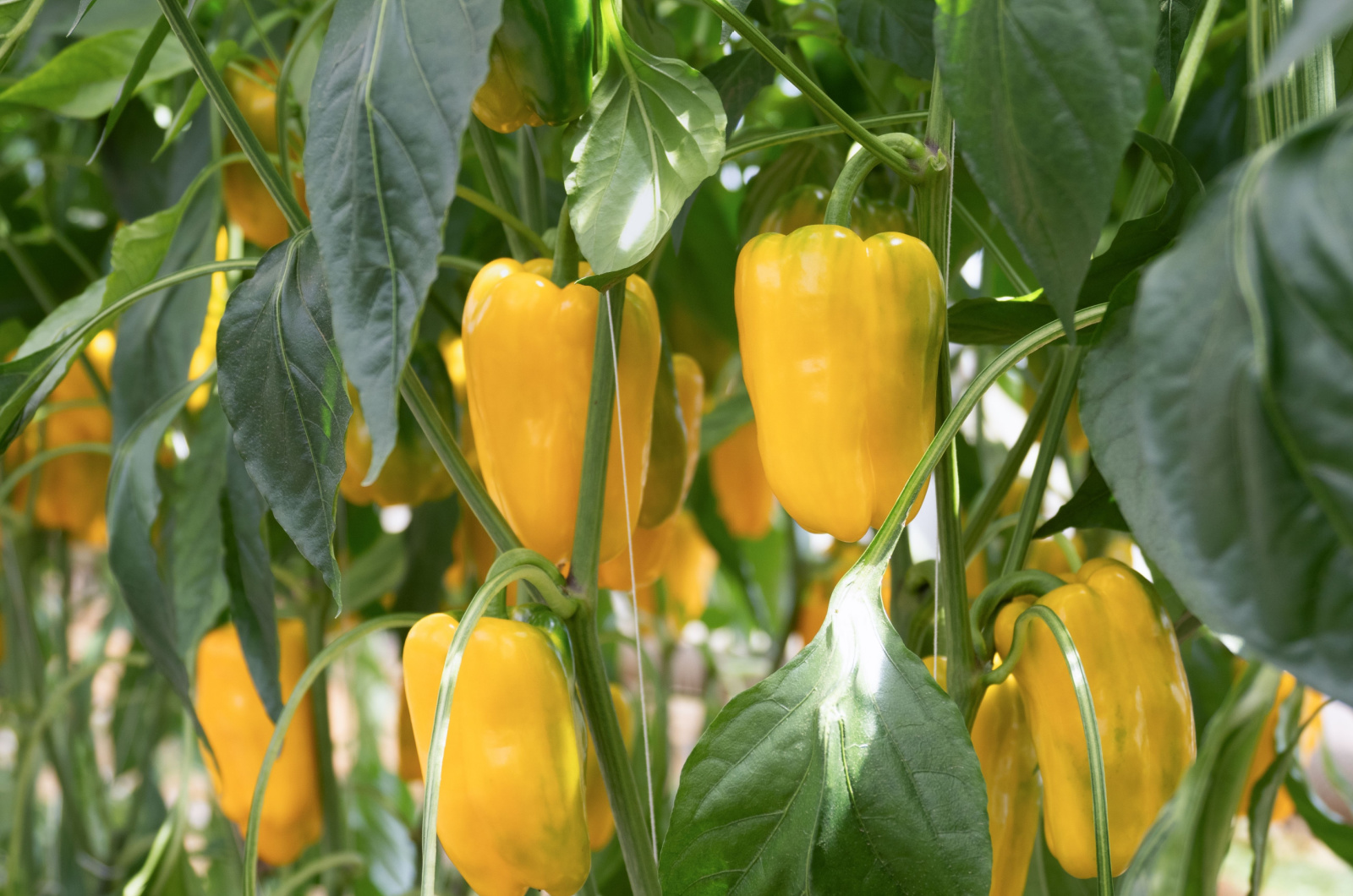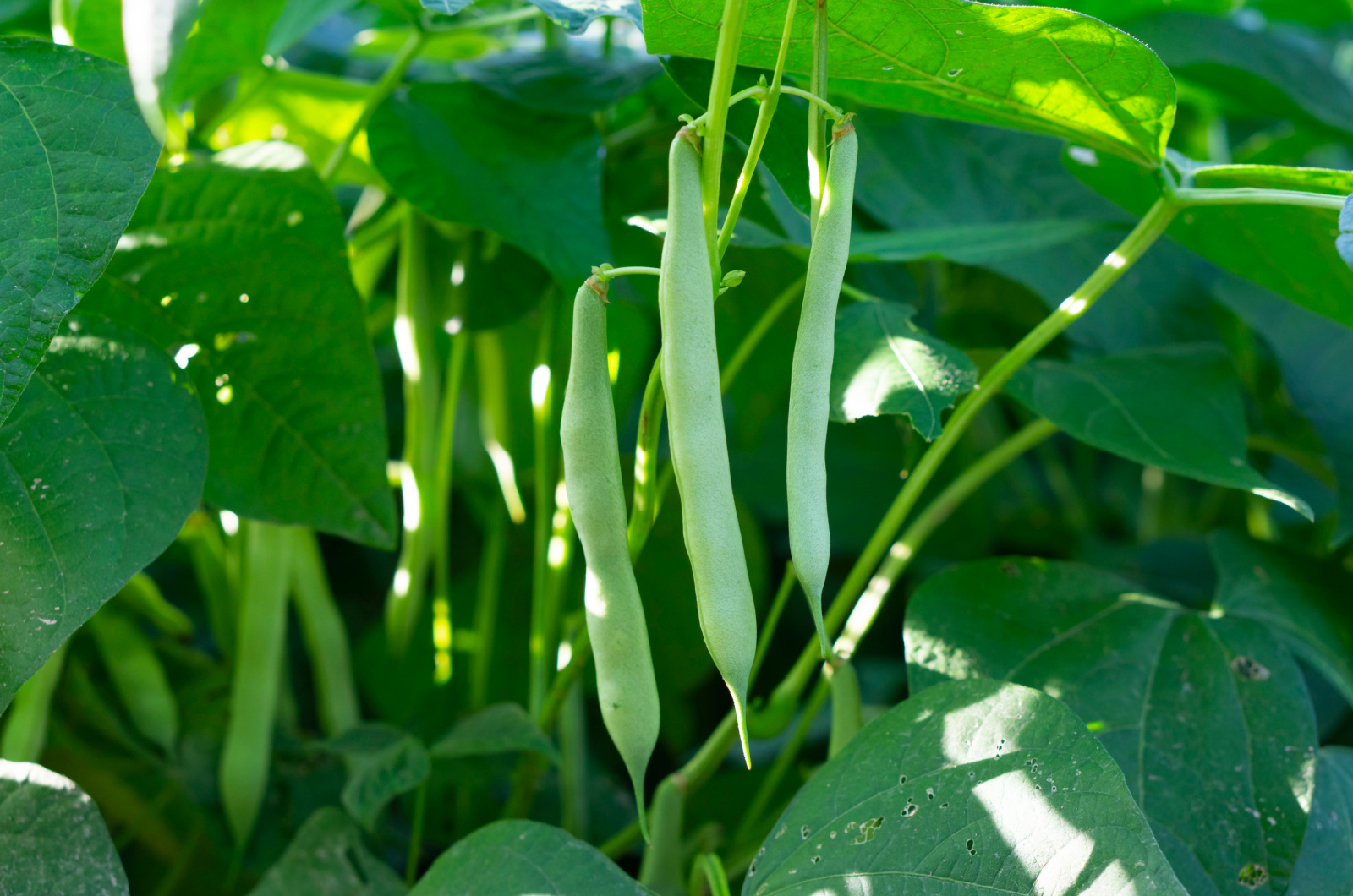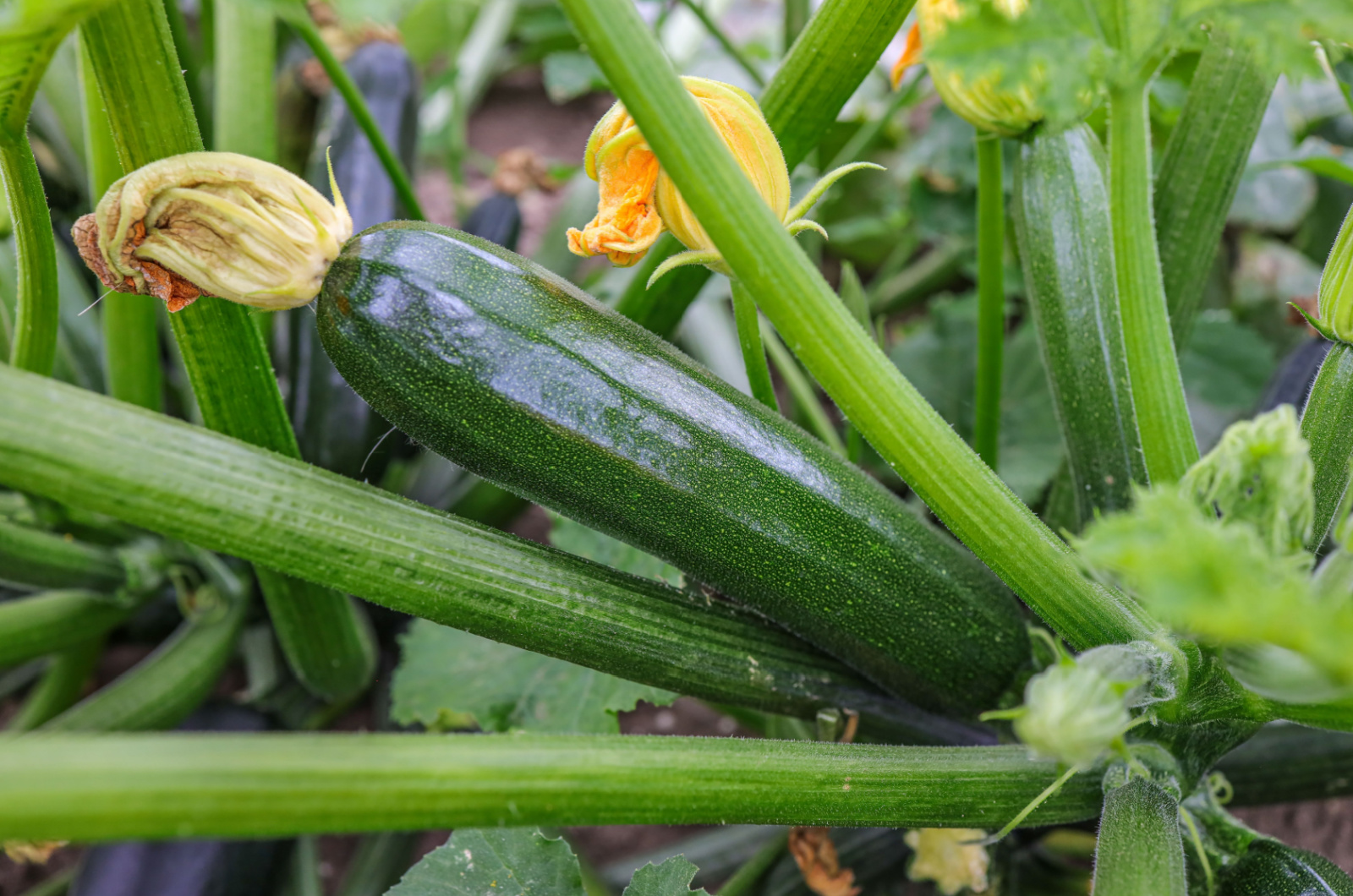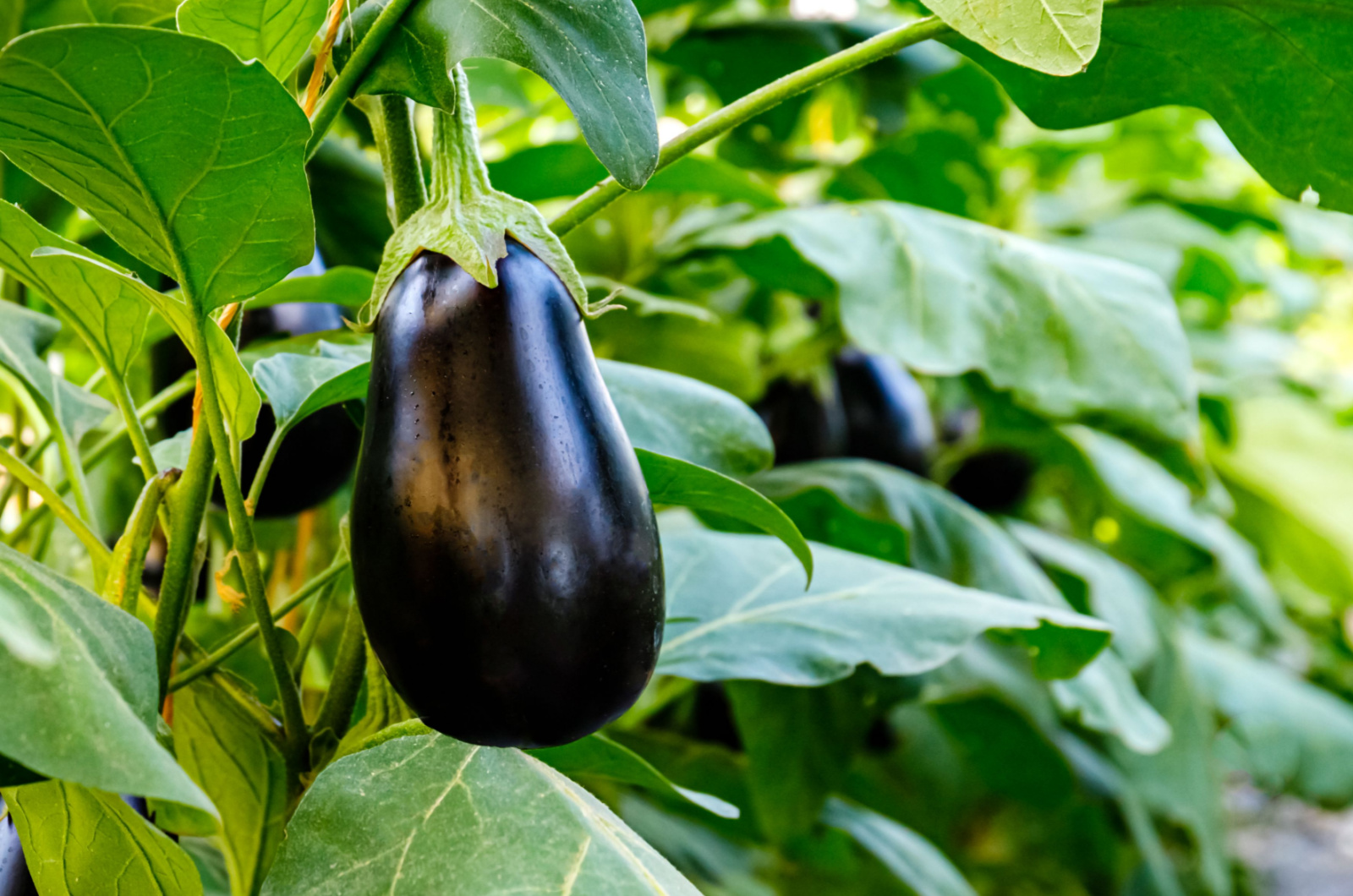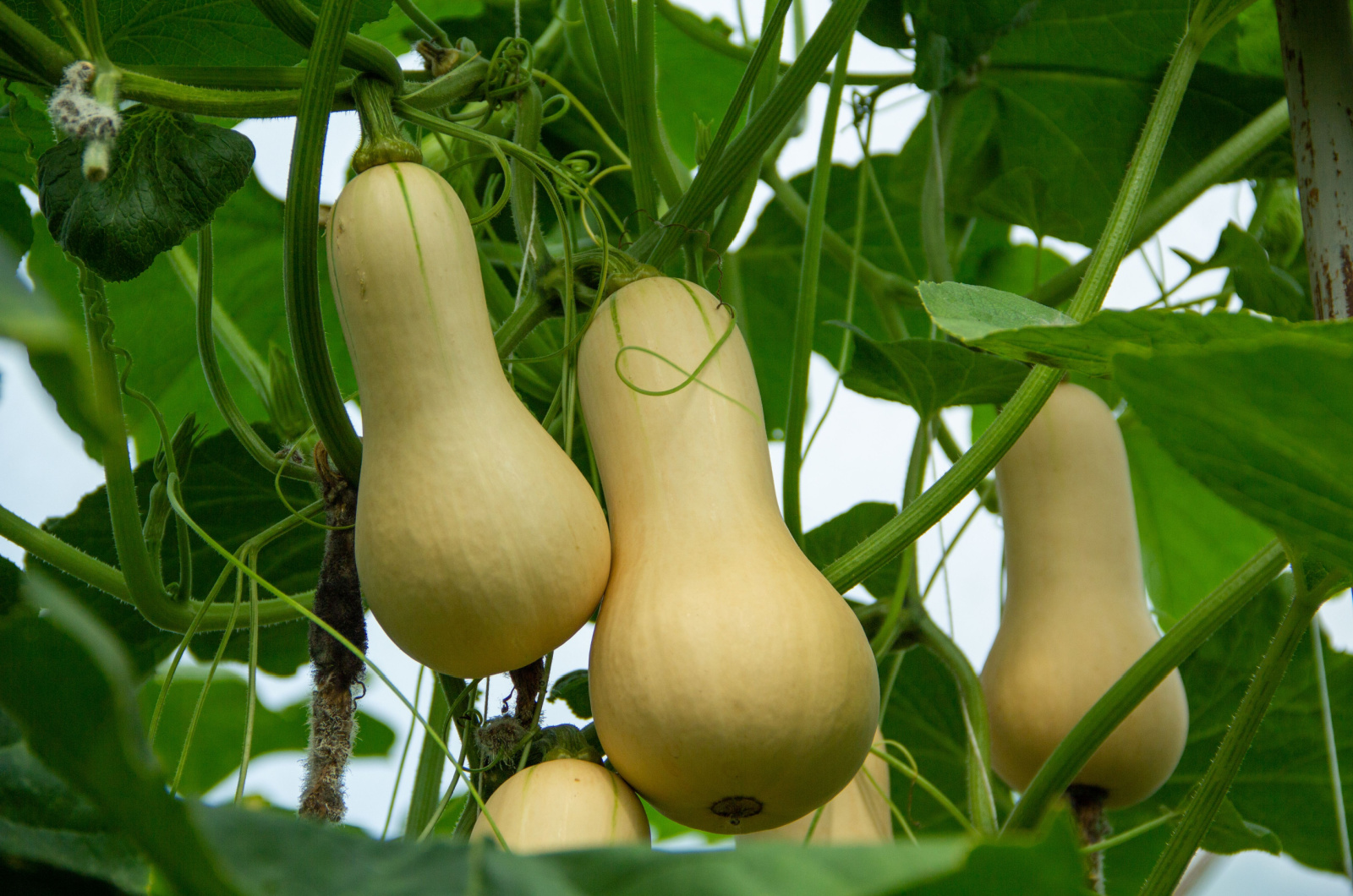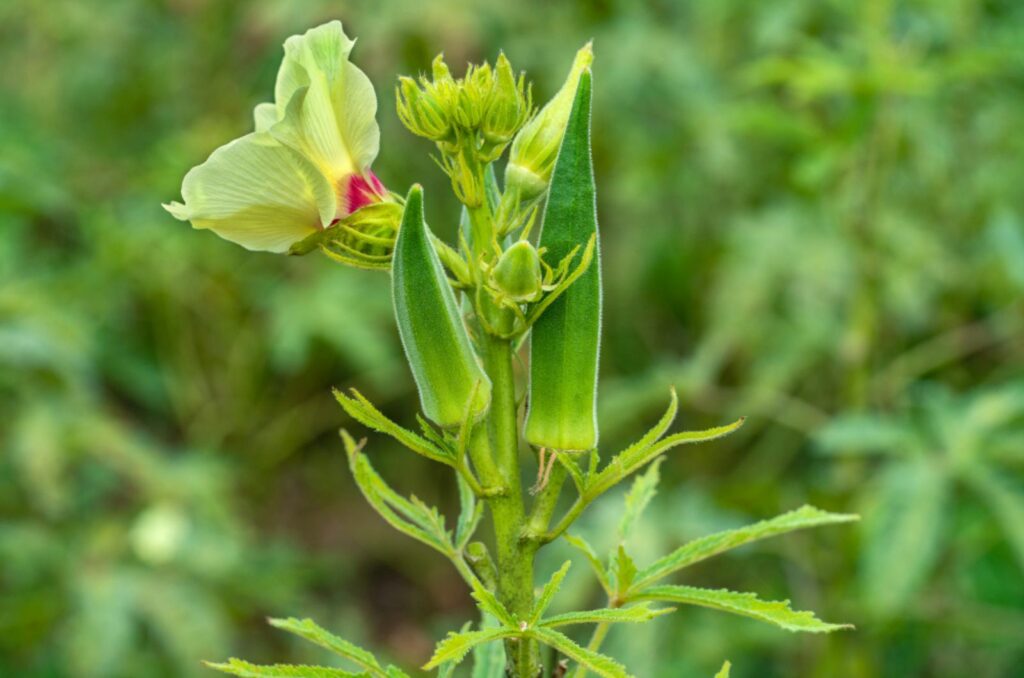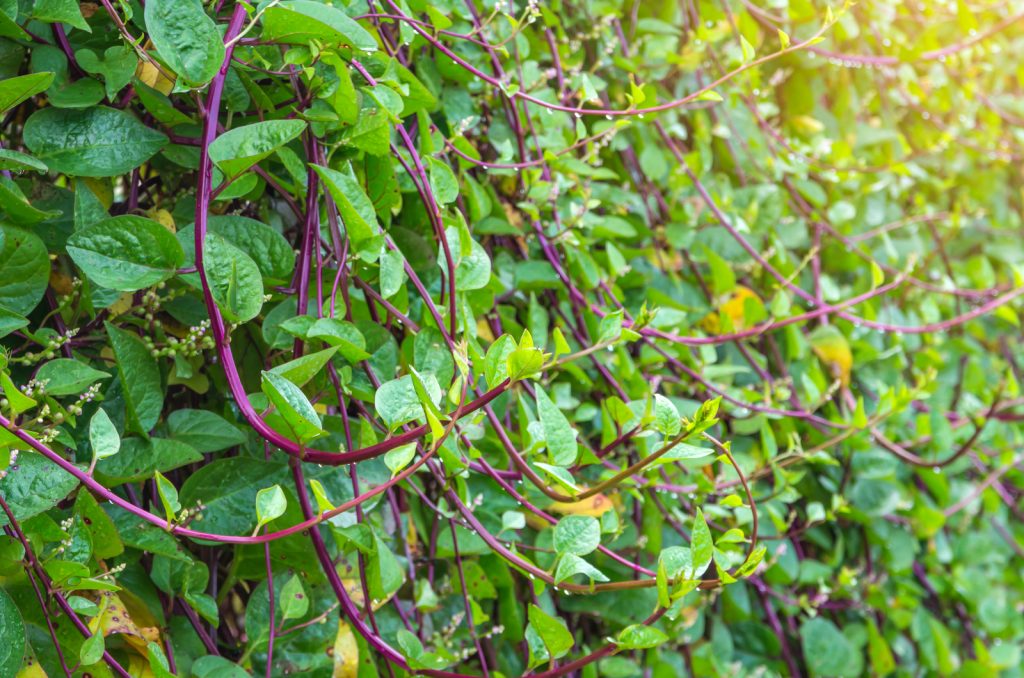There are many new gardening methods, but one that definitely stands out is the upside-down garden. This unique technique has many benefits and that’s the reason why it became so popular.
These gardens use hanging containers with a hole in the bottom so that your plants can face down. As a result, the roots grow up instead of down, creating a unique appearance.
If you don’t have a lot of space to grow veggies and you don’t want to use stakes and trellises, this method is perfect for you. Plus you won’t have issues with pests, fungus, or weeds, which are every gardener’s nightmare.
In this article, I’ll show you some of the best vegetables to grow in your upside-down garden and give you some tips for the healthiest and most delicious crops ever!
Let’s get started!
1. Cucumbers
• Zone 4-11
• Full sun
• Up to 24 in. tall
If you like mini cukes, you’ll be happy to hear that they can grow perfectly in upside-down gardens. They’re perfect for snacking or pickling and don’t need much to thrive.
Larger varieties can also grow in these gardens but you’ll need to harvest them earlier to ensure the plant remains unharmed.
Growing cucumbers isn’t hard, and with a spot that receives at least 6 hours of full sun and regular watering, you can have a bountiful harvest.
These veggies are really thirsty, so I recommend adding a layer of mulch to the soil so that it can retain more water.
2. Tomatoes
• Zone 8-11
• Full sun
• Up to 16 in. tall
Another veggie you’ll frequently see growing in inverted gardens is tomatoes. When choosing your upside-down tomatoes, you’ll need to go with smaller varieties, such as cherry or grape tomatoes.
As with cukes, larger tomatoes may work well but if they’re left to mature, they could break the vine.
These are sun-loving veggies, so you need to find a spot that is exposed to full sun for at least 8 hours.
As you may know, water evaporates faster in containers, so you’ll need to irrigate your inverted tomatoes more frequently.
3. Peppers
• Zone 8 and above
• Full sun
• Up to 12 in. tall
If you would like to grow peppers but don’t have enough space, make an upside-down garden and plant them!
Almost all varieties of these delicious veggies can thrive in such conditions. Similarly to the vegetables above, you need to provide your peppers with a lot of direct sunlight.
These veggies thrive in nutrient-rich growing substrates but they can grow well even without fertilizing.
You need to ensure 1-2 inches of water weekly for your peppers to produce an abundance of fruits.
Adding a layer of mulch can aid in soil moisture retention but if you decide on this method, make sure to apply mulch to warm growing substrate. This will help you avoid freezing the roots.
4. Beans
• Zone 7-11
• Full sun
• Up to 2 ft. tall
If you have an inverted garden, you should add some pole or bush beans. These veggies also love full sun, but they can grow in partial shade and there will most likely be fewer beans to harvest.
Make sure to plant your beans in a free-draining growing substrate and keep the soil consistently moist; an inch of water weekly should suffix.
The main benefit of growing beans in this type of garden is that they don’t need staking.
5. Zucchini
• Zone 3-9
• Full sun
• Up to 3 ft. tall
Baked, cooked, and raw zucchini all taste heavenly, so these veggies should definitely be a part of your inverted garden.
A free-draining growing medium amended with a lot of organic matter is perfect for zucchini plants. It’s also essential to keep the soil consistently moist by adding water whenever the soil feels dry to the touch.
Warmer temperatures and a lot of full sun will ensure healthy growth and a fruitful yield.
6. Eggplant
• Zone 5-12
• Full sun
• Up to 36 in. tall
If you live in a region with hot summers and have a sunny spot on your balcony, install an inverted garden and plant some eggplants!
Although round varieties can grow in these gardens, you’ll get better results if you grow Asian species such as the Japanese eggplant.
For the healthiest growth of your eggplants, ensure a nutrient-rich growing substrate; add some fertilizer or compost to boost the nutrient levels in the soil.
Just like other veggies from this list, eggplants require regular watering to produce the juiciest and most delicious crops!
7. Winter Squash
• Zone 6 and above
• Full sun
• Up to 24 inches tall
The last veggie I’ll show you is winter squash, but if you decide to grow these veggies in an inverted garden, you should choose smaller varieties. Buttercup and Sweet dumpling are some of the best types to grow.
An ideal spot for a winter squash receives about 10 hours of full sun daily; if you don’t have such a location available, find one with at least 6 hours of sun.
The recommended amount of water for these vegetables is an inch per week, but you’ll most likely need to water more frequently because planters lose water faster.
8. Okra
• Zone 5-11
• Full sun
• Up to 4 ft. tall
Okra is a heat-loving vegetable that adapts surprisingly well to upside-down gardening. Its strong stems and downward-growing pods make harvesting easy, and since it thrives in warm climates, it will flourish in a sunny location.
To get the best results, plant okra in well-draining, nutrient-rich soil and ensure it gets at least 6-8 hours of full sun per day. Watering regularly will help keep the plants productive, especially in hotter regions.
One major benefit? Okra grown upside-down is less susceptible to soil-borne pests and diseases, making it an easy and rewarding choice!
9. Malabar Spinach
• Zone 7-11 (grown as a perennial); Zone 2-6 (grown as an annual)
• Full sun to partial shade
• Up to 10 ft. long
If you’re looking for a leafy green that thrives in an upside-down garden, Malabar spinach is a perfect choice! Unlike traditional spinach, this heat-loving vine grows rapidly, cascading beautifully from a hanging container while producing an abundance of nutritious leaves.
Malabar spinach prefers well-draining soil and requires consistent moisture to keep the leaves tender and delicious. It also does well in partial shade, making it more adaptable than many sun-loving vegetables.
One of the best things about Malabar spinach? It’s a vigorous climber that naturally trails downward, making it an ideal fit for an upside-down garden while providing fresh, edible greens all season long!
Upside-down gardening is a revolutionary method and can give excellent results, often better than classic in-ground plant cultivation. The veggies I showed you above will thrive in these gardens, just make sure to follow our maintenance tips!
Happy growing!

